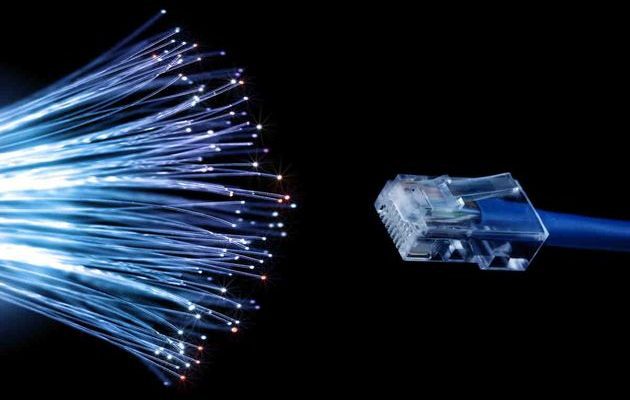Xavier Niel’s bloodshed this Wednesday, March 22, caused a lot of reaction. Heard by the Senate’s Economic Affairs Committee, the founding president of Iliad, Free’s parent company, raged against the timetable for the closure of the copper network, which he considers too extensive.
The definitive extinction of this aging network which supports ADSL technology is planned for 2030 for an end to the subscription of commercial offers from January 2026. For the troublemaker of telecoms, leave five years between the announcement of the end of copper and its shutdown effective in a given area is too long. He suggests reducing this period to one year.
Convince the “diehards” of ADSL
For Xavier Niel, thus shortening the deadline will make it possible to more quickly convince the “diehards” of ADSL to switch to optical fiber. Incidentally, it is also a question of putting an end to the “situational rent” constituted for Orange by the unbundling tariff, i.e. the price that alternative operators – SFR, Bouygues Telecom and Free – pay to the incumbent operator to access the copper network of which the custodian is.
To speed up the tempo, the boss of Free proposes “quickly extinguishing large cities”. “What’s stopping us?”, he asks while evoking experiments in small and medium-sized towns, including Lévis-Saint-Nom in the Yvelines.
The response was not long in coming. In a brief press release, Avicca, an association of communities involved in digital technology, recalled that the end of the copper network could not be envisaged in the short term in view of the situation of the deployment of optical fiber in France.
No large 100% fiber agglomeration
The association recalled that it was not without reason that Orange turned off its copper network as a priority in small towns and not in large cities.
Supporting figures, it recalls that local authorities in public initiative zones, in rural or sparsely populated areas, are fully covered (or almost) at 25%. Moderately dense areas, known as AMII for “call for demonstration of investment intention”, which correspond to medium-sized cities, are 11% dense.
On the other hand, no large agglomeration reaches a level of completeness close to 100%. The Avicca then draws up the list of the number of non-connectable premises by municipality. There are thus 109,545 premises to fiber in Marseille, 55,551 in Paris or 16,053 in Lyon (list below).
In the latest edition of its Observatory of high and very high speed (fourth quarter of 2022), Arcep was also alerted to the “insufficient” pace in the deployment in very dense areas. A phenomenon that has persisted for several quarters.
At the end of its press release, Avicca challenges Xavier Niel. All major cities being located in a private initiative zone, a commercial operator, understood to be such as Free, can deploy premises not yet covered by fiber optics. This would make it possible to close the copper more quickly in these very dense areas. CQFD
“In short, we understood everything”, quips in conclusion the Avicca diverting the famous advertising slogan of Free. This statement is also a response from the shepherd to the shepherdess of the president of the association, the senator of Patrick Chaize. The hearing in the Senate of Xavier Niel had given rise to a skirmish between the elected official and the businessman.
Number of premises still not connectable to fiber in large cities :
- Marseilles: 109,545
- Paris: 55,551
- Toulouse: 39,347
- Montpellier: 33,712
- Lille: 27,951
- Nantes: 27,737
- Aix-en-Provence: 25,365
- Strasbourg: 24,648
- Nice: 21,580
- Nancy: 21,145
- Nimes: 21,068
- Clermont-Ferrand: 19,985
- Bordeaux: 19,947
- Lyons: 16,053
- Rods: 16,049
- Toulon: 15,051
- Rouen: 13,669
- Perpignan: 13,657
- Saint-Etienne: 13,344
- Besancon: 12,564
- Angers: 12,495
- Le Havre: 12,422
- Reindeer: 11,375
- Amiens: 10,108
